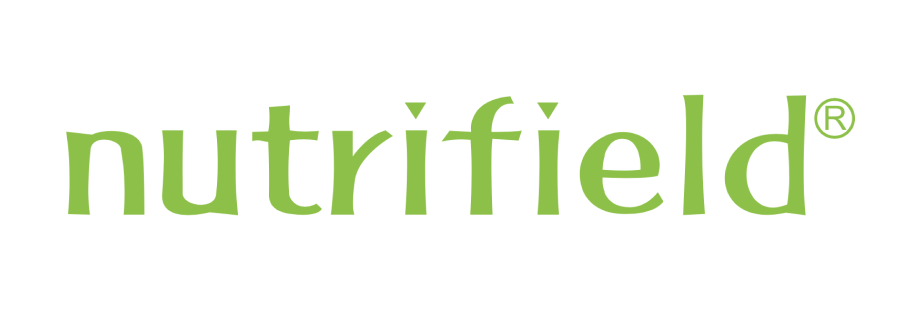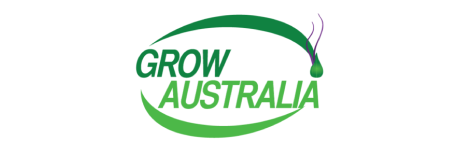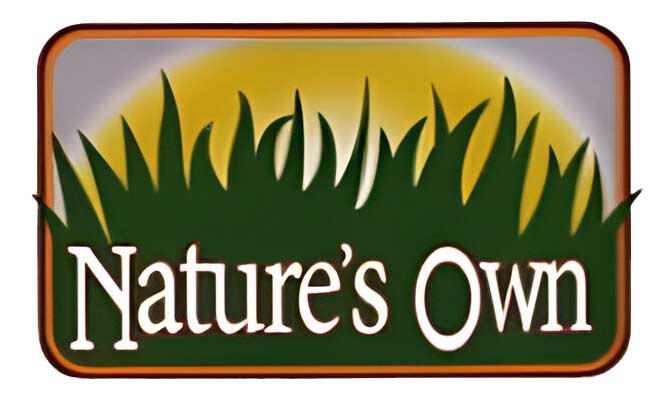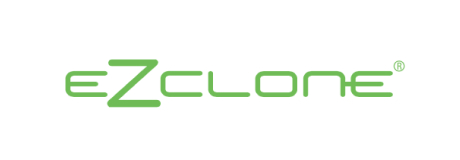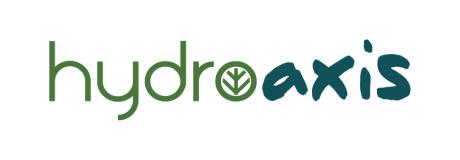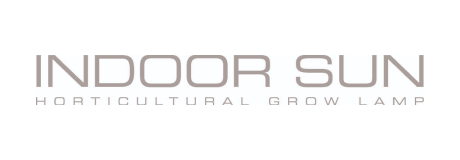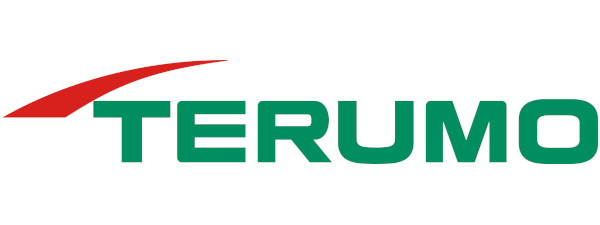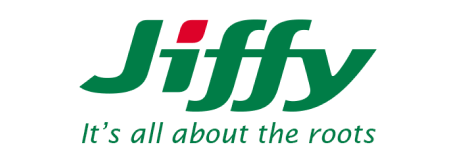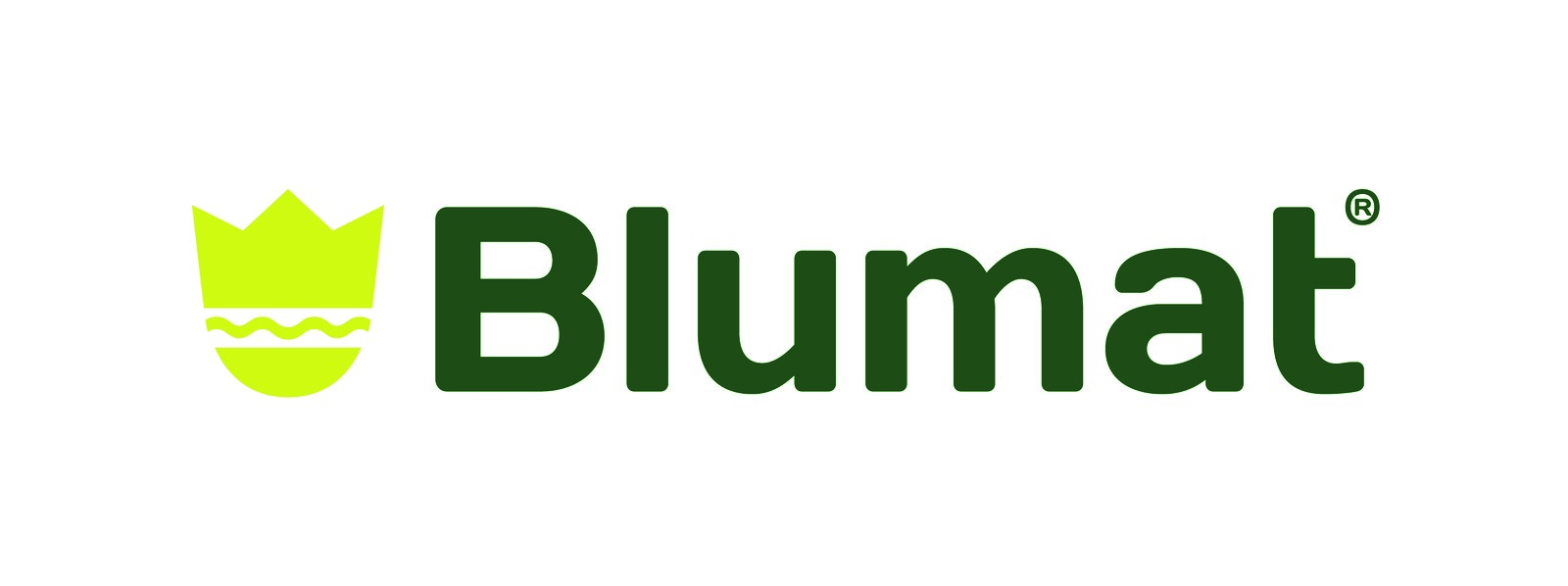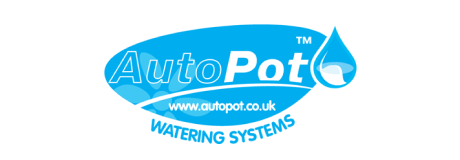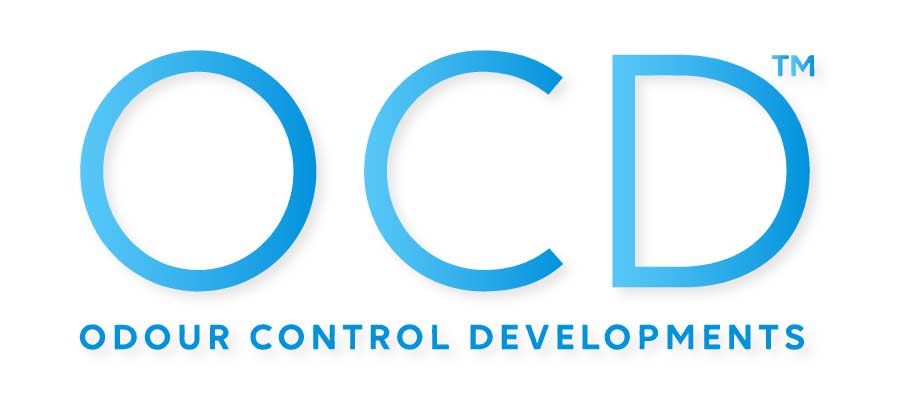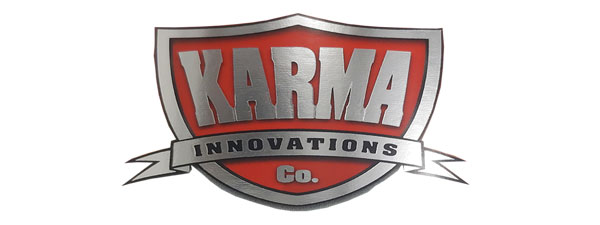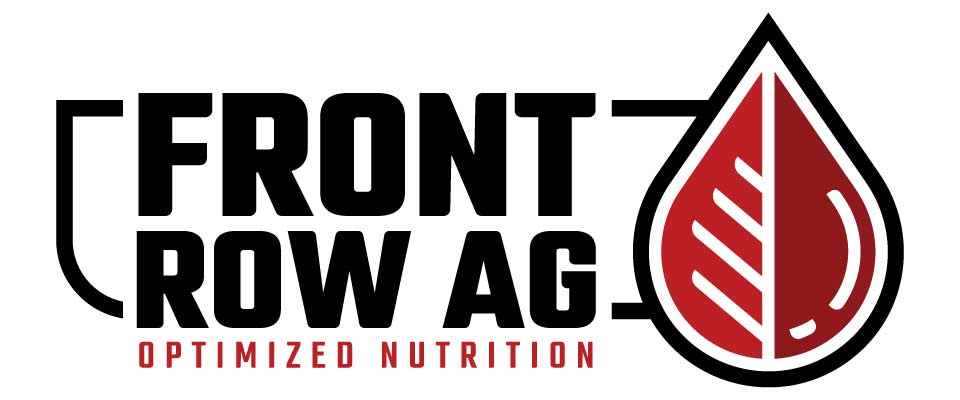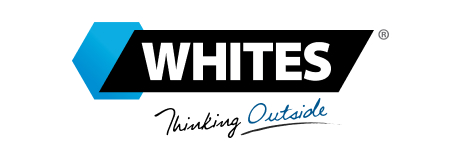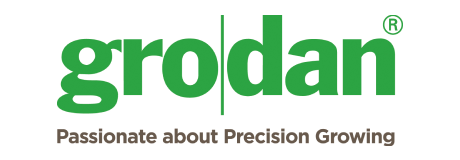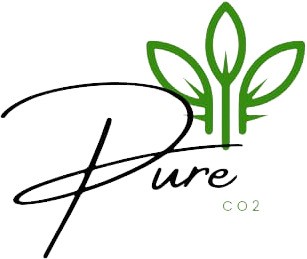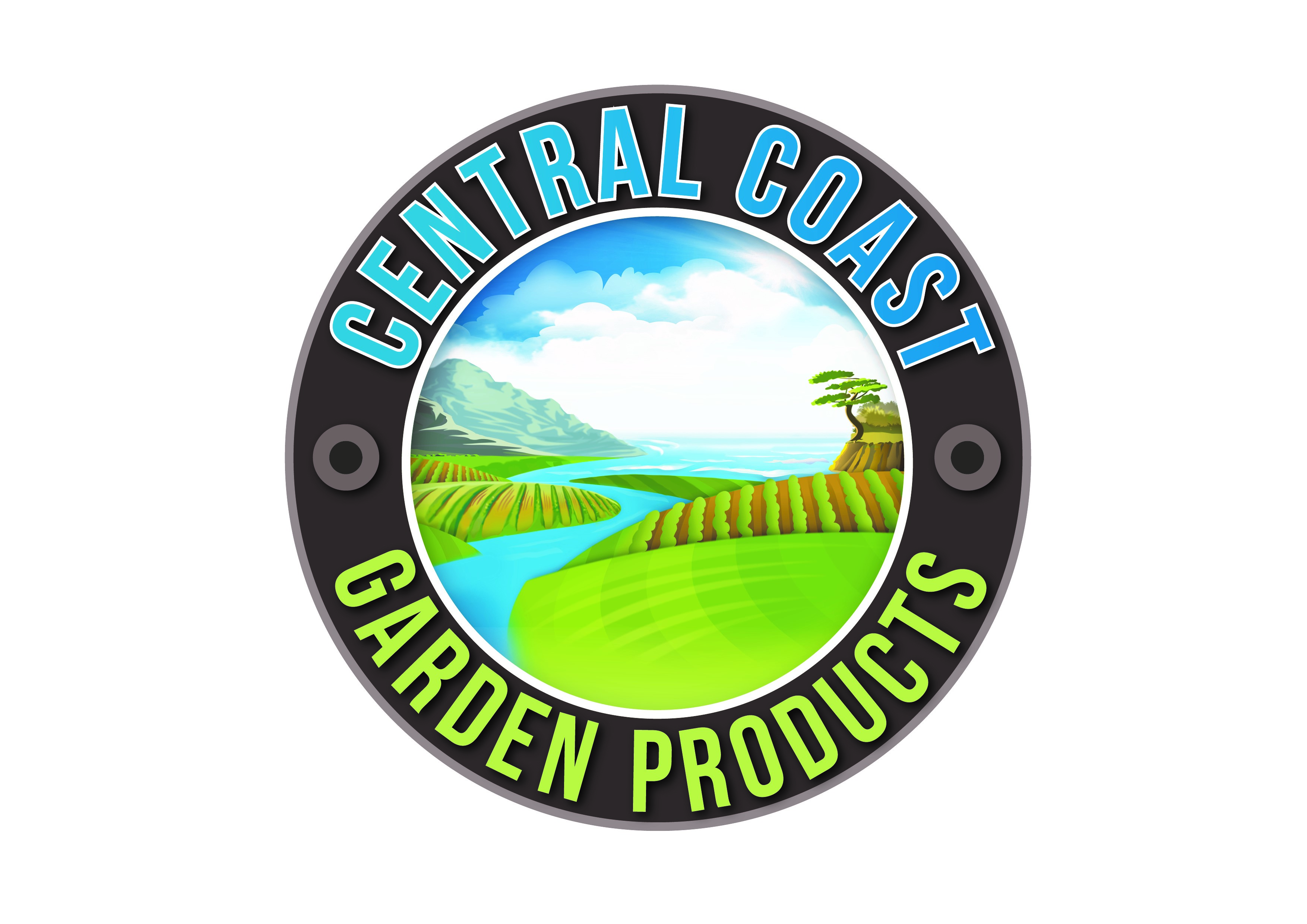How To Spot A Potassium Deficiency
Potassium is one of the essential nutrients that your plants need for optimal growth. It plays a key role in water regulation, photosynthesis, and overall plant health. Without enough potassium, your plants will struggle to thrive, showing symptoms that can impact both their growth and your final yield.
Symptoms of Potassium Deficiency:
Potassium-deficient plants usually show a few telltale signs:
Chlorosis and Necrosis: The first symptoms often appear as yellowing on older leaves, particularly along the edges. This chlorosis can progress into necrosis, where the leaf tissue starts to brown or blacken. If left untreated, the leaf tips may become crispy or burnt.
Leaf Shape and Texture: Potassium deficiency can also cause changes to the leaf structure. The leaves may become smaller, curl, or develop wavy margins. A distinctive bronze or metallic sheen might appear on the leaves, which is a clear sign that your plant is struggling.
Wilting and Poor Turgidity: Potassium is crucial for maintaining cell pressure and water balance. Without enough potassium, your plants may droop or show signs of wilting.
Weak Flowering and Fruiting: Potassium is vital for flower and fruit development, so a lack of it can lead to reduced flowering and smaller flowers. This means lower yields and poorer-quality harvests.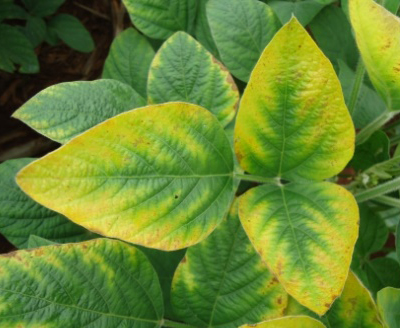 an example of chlorosis and early stages of necrosis.
an example of chlorosis and early stages of necrosis.
Why Does A Potassium Deficiency Happen?
Potassium deficiencies can occur if the nutrient solution is unbalanced or potassium levels aren't properly monitored. Since hydroponics relies on a nutrient solution, any shortage of potassium can quickly affect the plants. However, even with balanced nutrients, problems can arise if the nutrient solution is over- or underfed. Overfeeding can lead to salt buildup in the system, preventing plants from properly absorbing potassium. At the same time, underfeeding means your plants may not get enough potassium to meet their growth demands. In both cases, regular monitoring of the nutrient levels is essential to avoid these imbalances.
pH lockout can also contribute to potassium deficiency in hydroponic systems. When the pH drifts outside the optimal range—typically between 5.5 and 6.5—nutrients like potassium become less available to the plants, even if present in the solution. The same issues can occur in soil, where pH fluctuations or an excessive buildup of salts from overfeeding can interfere with potassium uptake. Maintaining proper pH and ensuring the nutrient solution or soil mix is correctly balanced is crucial for preventing potassium deficiencies and keeping plants healthy.
In soil, a potassium deficiency is often seen in light, sandy soils that are prone to leaching. Water moving through these soils can wash away potassium, leaving plants with insufficient access to this important nutrient. Clay soils, with their better nutrient retention, are less likely to experience potassium deficiencies.
The Role of Potassium in Your Plants:
Potassium is involved in a wide range of plant functions:
Water Regulation: Potassium helps control the opening and closing of stomata (small pores on the leaves). This controls water loss and ensures that plants don't dry out too quickly, especially in hot conditions.
Photosynthesis: Potassium is crucial for photosynthesis, as it activates enzymes that help plants convert sunlight into energy. Without enough potassium, the plant's ability to produce energy slows down.
Cell Structure and Transport: Potassium helps maintain the integrity of plant cells and is involved in the movement of nutrients and sugars throughout the plant. Without it, your plants can't efficiently use the energy they produce or transport resources to where they're needed most.
How to Fix A Potassium Deficiency:
The good news is that a potassium deficiency is relatively easy to fix:
Potassium Additives: You can use potassium-rich fertilisers, such as Aptus Finaleboost, Emerald Harvest King Kola, or Nutrifields PK Heavy. These will replenish potassium levels and help your plants recover.
Proper Watering and pH: Both in soil and hydroponics, maintaining proper watering practices and pH levels (for soil, 6.0-7.0; for hydroponics, 5.5-6.5) can improve potassium uptake and overall plant health.
Why Potassium Is So Important for Your Plants:
Without enough potassium, your plants won't reach their full potential. Potassium plays a huge role in energy production and storage, stress resistance, and overall plant vigour. Deficient plants will struggle to photosynthesise, grow properly, and develop healthy flowers, leading to reduced yields and lower-quality flowers. A potassium deficiency can also leave your plants more susceptible to pests and diseases, compromising your crop's health.
Preventing Potassium Deficiency:
Regular monitoring and balanced fertilisation is the best way to prevent potassium deficiency. Here are some tips to keep your plants healthy:
Test Your Soil or Nutrient Solution Regularly: Whether you're growing in soil or hydroponics, regular testing is essential. For hydroponic systems, monitor the EC and pH levels to ensure your plants are getting the potassium they need.
Use Complete Nutrients: A complete nutrient mix ensures your plants get all the essential nutrients in the right proportions. Over-relying on one nutrient (like nitrogen) can cause imbalances and lead to deficiencies in others, including potassium.
Maintain Healthy Growing Conditions: Potassium uptake is most efficient when plants are under optimal growing conditions. This means adequate light, proper temperature, and a stable environment.
Potassium is an essential nutrient that plants need for strong growth, healthy flowering, and maximum yields. By recognising the signs of a potassium deficiency early and taking action, you can ensure that your plants remain healthy and productive throughout their lifecycle. Whether growing in soil or hydroponics, maintaining balanced nutrient levels is the key to achieving the best possible results.



